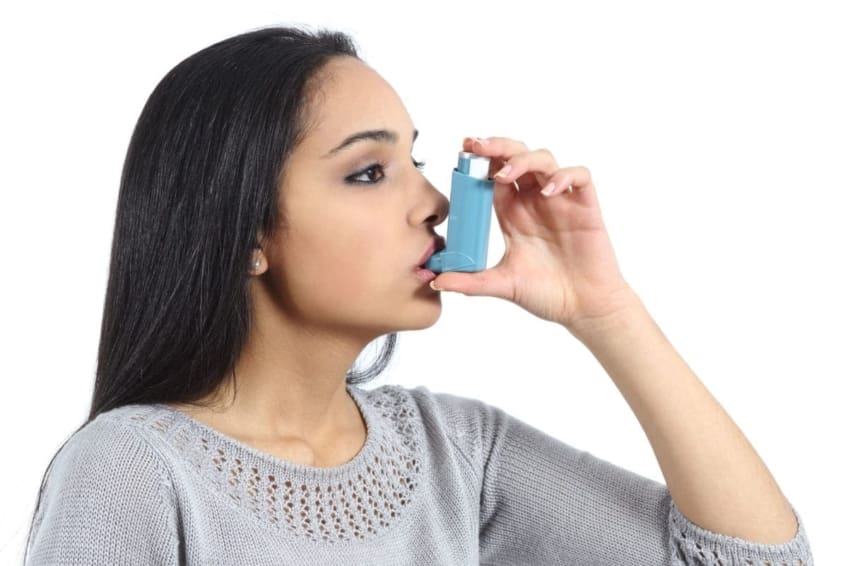
If you have asthma, you should have an asthma action plan. An asthma action plan contains written instructions about what you should do if you have trouble breathing or have an asthma attack. Your doctor will provide the written directions for the plan.
The plan is based on your symptoms and peak flow meter readings. Your doctor will show you how to use a peak flow meter and how to read the results. You should check your peak flow meter readings as often as your doctor tells you to do so. Also, your plan will remind you how to take your asthma controller and quick-relief medicines.
Path to improved health
Asthma therapy has evolved into a new generation of treatment options, including biologics (drugs made from a living organism, such as antibodies and vaccines). There are even more on the horizon that may offer hope.
When discussing treatments with your doctor, it’s important to create an asthma action plan to manage lifestyle and environmental triggers for the condition as well as your treatment. Your plan also should provide an alternative to asthma drug shortages. Click here to view, download, and print the blank asthma action plan. This is available in several languages. Take the printout to your next doctor’s appointment. Ask your doctor to fill in the form. Keep the filled-in form on your fridge or somewhere you can easily find it in case of an asthma attack.
If your child has asthma, ask your doctor to complete a plan for them as well. Also ask your doctor to fill out the school authorization form for your child. It’s part of the download. Give it to your child’s school along with an extra copy of their plan.
Used with permission from Regional Asthma Management and Prevention (RAMP), a program of the Public Health Institute. The RAMP Asthma Action Plan was supported by Cooperative Agreement Number 1U58DP001016-01 from the Centers for Disease Control and Prevention. The contents of the RAMP Asthma Action Plan are solely the responsibility of the authors and do not necessarily represent the official views of the CDC.
Things to consider
Call your doctor right away if:
- You have symptoms of a severe asthma attack
- If your peak flow is less than 50% of your personal best
If you can’t speak to your doctor, go to the nearest emergency room right away. Take an ambulance, if necessary.
Questions for your doctor
- Can you help me develop an asthma action plan?
- How should I take my medicines?
- Should I keep an asthma diary of my symptoms and triggers?
- How often should we update my asthma action plan?
Resources
Asthma and Allergy Foundation of America: Asthma Action Plan
U.S. Food and Drug Administration: Manage Your Asthma: Know Your Triggers and Treatment Options
![]()
Copyright © American Academy of Family Physicians
This information provides a general overview and may not apply to everyone. Talk to your family doctor to find out if this information applies to you and to get more information on this subject.







